What influences feed intake in broilers, breeders?
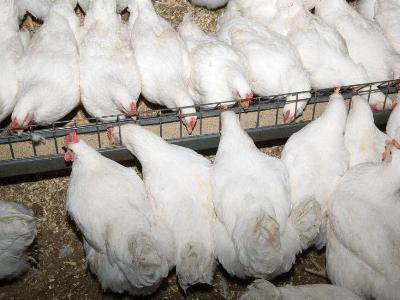
The feeding behavior of broilers and breeders is affected by external factors that farm mangers can use to raise performance and realize genetic potential.
Broiler chicks can be given a better start in life, and their performance optimized throughout rearing, by understanding and addressing the factors that influence their feed intake.
Growers can take advantage of what is known about the natural habits and needs of chickens to provide the best conditions for welfare and performance.
Dietary energy
Dietary factors, while generally beyond producers’ control, are among the most studied factors affecting feed intake.
Observing bird behavior may help the nutritionist to make changes that are favorable to the producer, especially when a flock is under heat stress. For example, increasing the energy density of the feed during high temperatures helps broilers to reduce their heat increment of feeding, limiting, or even avoiding, a depression in feed intake.
This increased dietary energy density is often accomplished by an increase in added dietary fat. However, as there is a relationship between pellet quality and increasing fat content, increasing dietary fat content may need to be evaluated with the ability to manufacture good quality pellets.
Lighting
Lighting is one factor over which the grower has control, and it is a key motivating factor for stimulation of broiler feed intake.
Having the light intensity high enough during the first 7-10 days after hatch to stimulate chicks to eat, drink and move comfortably, will help to give them a good start. After brooding, light intensity can be reduced. Any local legislation for light intensity must be followed, but providing less than 5 lux (0.5 fc) can have a negative impact on the mortality, FCR, and growth rate.
Traditionally, lights are positioned along the shed ceiling and focusing in the brooding area. However, there may be an advantage in reducing the number of lights needed in the shed by placing them on the feed and water lines where they can directly affect chicks’ ability to optimize intake.
Lighting programs
There are many lighting programs, although any local legislation regulating the amount of darkness must be followed.
Many programs begin with 23 hours of light per day for the first seven days. In broilers, after the first seven days, five hours of darkness per day has been shown to have no negative effect on growth at Day 39 and may improve growth to Day 49. Furthermore, research has shown that a minimum of six hours of darkness per day can improve the immune system.
Feed management
The feeding system, its maintenance, adjustment, and proper utilization are under total control of the broiler grower.
It is important to ensure adequate available feed space for the bird density being grown in the shed. Proper management of the feeding system (i.e. feeder height, feed depth and keeping the system charged) will aid digestion and help avoid disruptions to the functioning of the intestinal tract, which may result in reduced performance and possibly mortality.
Feeding on paper
Feeding on paper in the brooding area is a practice that generally pays off with improved crop fill at 24 hours, as well as increased growth.
The paper should cover the area where the feeders and drinker are located and should occupy at least 90 percent of the brooding area. The sound of the chicks’ feet on this paper attracts the other chicks to the area, making it more likely that all chicks will find feed and water quickly.
Temperature
Chicken sheds around the world vary, but all have a single purpose: to provide a safe environment allowing birds to express their natural behaviors while getting proper amounts of feed, water, light, and air to maintain health, welfare and achieve genetic potential.
Limits in any of these factors will likely lead to reduced performance, however, in some regions of the world this can be expected due to temperature extremes in the external environment. Keeping birds within, or as close as possible, to their thermoneutral zone will be conducive to good feed intake.
Brooding temperature
One of the most critical elements of a good brooding program is correct shed and litter temperature at placement. If the temperature is too low, the chicks will not be active, they will huddle and will not venture out to find feed and water in adequate amounts; and if too high, a similar result will occur, leading to reduced feed intake and potentially starve-outs.
Ventilation
Ventilation is important in keeping the birds as close to their thermoneutral zone as practically possible so that feed intake is not compromised. Correct ventilation based on bird biomass within the shed can be difficult to achieve and should always be led by bird behavior.
Feed form
The form of the feed presented to the birds has a major effect on feed intake.
Feed is delivered to the sheds in various forms; pellets, crumbles, or mash. In general, the time it takes to consume a specified amount of feed is decreased moving from mash to crumble and then to pelleted feed. The fact that birds spend more time eating mash and crumble feeds, compared with pellets, results in less productive energy being consumed and retained for growth and production.
However, it is worth noting that, for some birds, these various feed forms can be used to our advantage. For rearing pullets, for instance, feeding a mash diet may be beneficial as it will increase the volume of feed that each bird consumes so the distribution of feed in the shed is improved, resulting in improvements in flock uniformity.
Bird behavior
Research has shown that the behavior of male and female chickens differs depending on whether the flocks are raised sex separate or mixed.
In mixed-sex flocks, males tend to be at the feeders more often than females. When fed pelleted feeds, the males will dominate the feeders while there are intact pellets available. The males will then leave the feeders to drink, leaving the females to eat mostly the smaller feed particles and the fines that are left in the pans. As soon as the feed lines are run again, the males will once again exclude the females. This gender-oriented behavior research may provide future direction on the best way to rear birds for feed intake optimization.
Feeder pan height should be adjusted with broiler age.
Related news
Tools

Phối trộn thức ăn chăn nuôi

Pha dung dịch thủy canh

Định mức cho tôm ăn

Phối trộn phân bón NPK

Xác định tỷ lệ tôm sống

Chuyển đổi đơn vị phân bón

Xác định công suất sục khí

Chuyển đổi đơn vị tôm

Tính diện tích nhà kính

Tính thể tích ao
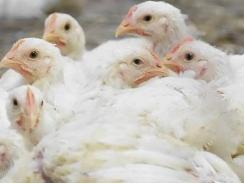
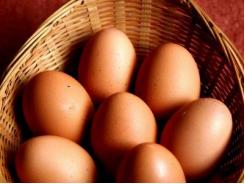
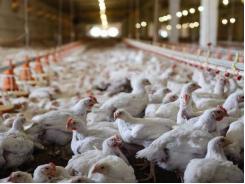
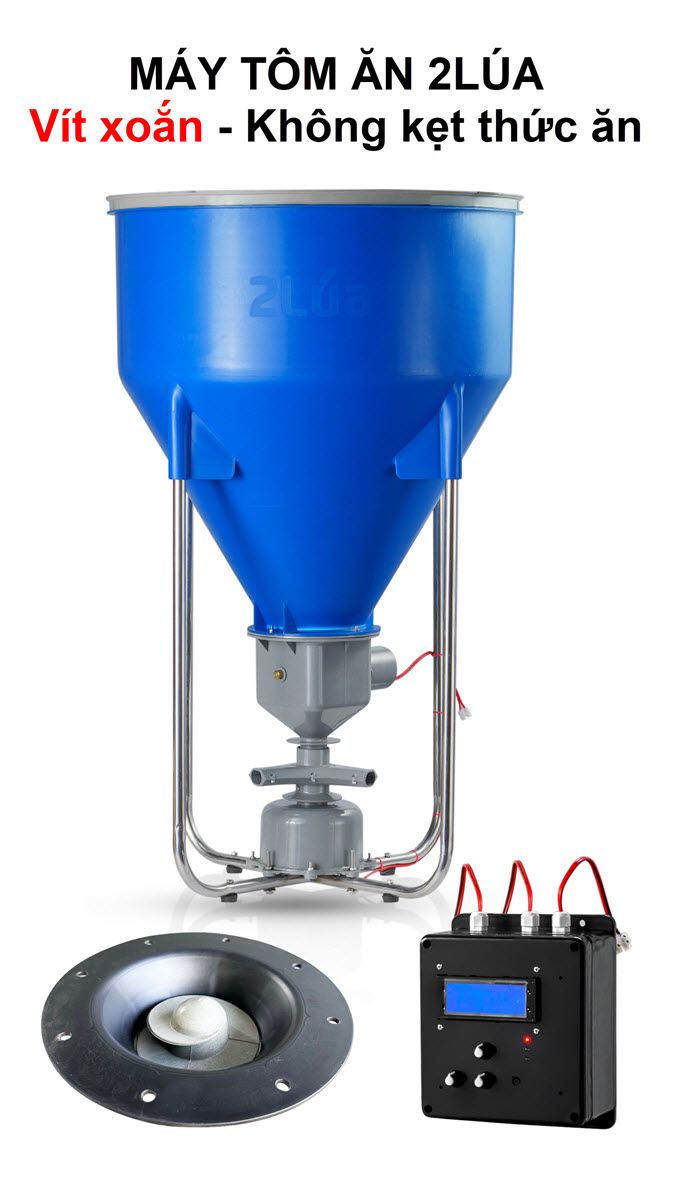
 Antibiotics and bacteria finding the right balance
Antibiotics and bacteria finding the right balance  How phytase superdosing improves broiler feed conversion
How phytase superdosing improves broiler feed conversion